Grow Zucchini at Home? Absolutely! Imagine stepping into your backyard and harvesting fresh, vibrant zucchini, ready to be transformed into delicious meals. No more relying on supermarket produce – with a few clever tricks and DIY hacks, you can cultivate your own thriving zucchini patch, even if you have limited space.
Zucchini, a member of the squash family, has a rich history, believed to have originated in Central America. For centuries, it has been a staple in various cuisines, prized for its versatility and nutritional value. From savory gratins to sweet zucchini bread, this humble vegetable offers endless culinary possibilities. But beyond its culinary appeal, growing your own zucchini connects you to a tradition of self-sufficiency and sustainable living.
Why should you learn to grow zucchini at home? Well, store-bought zucchini can sometimes lack flavor and freshness. Plus, you have no control over the pesticides or chemicals used in its cultivation. By growing your own, you’re ensuring a supply of organic, flavorful zucchini, harvested at its peak ripeness. And let’s be honest, there’s something incredibly satisfying about nurturing a plant from seed to harvest. In this article, I’ll share my favorite DIY tricks and hacks to help you achieve a bountiful zucchini harvest, regardless of your gardening experience. Get ready to unleash your inner gardener and enjoy the rewards of homegrown goodness!
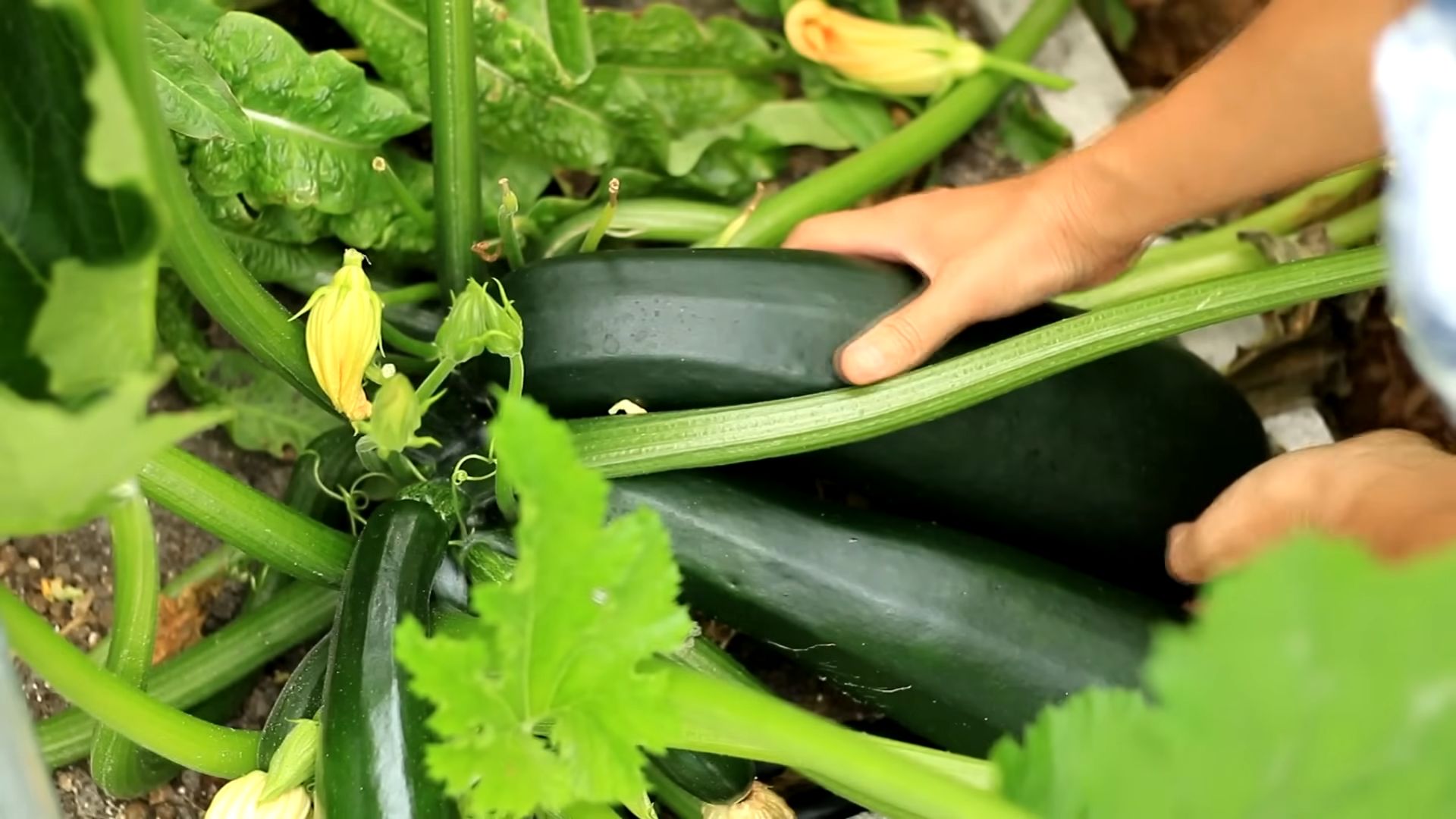
Growing Zucchini at Home: A Beginner’s Guide
Hey there, fellow gardening enthusiasts! I’m so excited to share my experiences and tips on growing zucchini right in your own backyard (or even in containers!). Zucchini is a fantastic vegetable to grow – it’s prolific, relatively easy, and incredibly versatile in the kitchen. Get ready for a summer filled with delicious zucchini bread, grilled zucchini slices, and so much more!
Choosing Your Zucchini Variety
Before we dive into the nitty-gritty, let’s talk about zucchini varieties. There are tons to choose from, each with its own unique characteristics. Here are a few popular options:
* Black Beauty: This is a classic, reliable variety known for its dark green, almost black skin and excellent flavor. It’s a great all-around choice.
* Costata Romanesco: If you’re looking for something a little different, this Italian heirloom variety has beautiful ridged fruits with a nutty flavor.
* Golden Zucchini: As the name suggests, this variety produces bright yellow zucchini. It’s just as easy to grow as the green varieties and adds a pop of color to your garden.
* Round Zucchini (Eight Ball, One Ball): These are fun, compact varieties that produce round zucchini, perfect for stuffing.
I usually opt for Black Beauty because it’s a consistent producer, but feel free to experiment and find your favorite!
Preparing for Planting
Zucchini plants need a few key things to thrive:
* Sunlight: They need at least 6-8 hours of direct sunlight per day. The more sun, the better!
* Well-drained soil: Zucchini doesn’t like soggy feet. Make sure your soil drains well. Amend it with compost or other organic matter to improve drainage and fertility.
* Space: Zucchini plants can get quite large, so give them plenty of room to spread out. I recommend at least 2-3 feet between plants.
* Warmth: Zucchini is a warm-weather crop. Wait until the danger of frost has passed before planting. Soil temperature should be at least 60°F (15°C).
Starting Seeds Indoors (Optional)
While you can direct sow zucchini seeds, starting them indoors gives you a head start, especially if you live in a cooler climate.
1. Sow seeds 3-4 weeks before the last expected frost. I use peat pots or biodegradable pots to avoid disturbing the roots when transplanting.
2. Fill the pots with seed-starting mix.
3. Plant 1-2 seeds per pot, about 1 inch deep.
4. Water gently and keep the soil moist but not soggy.
5. Place the pots in a warm, sunny location or under grow lights.
6. Once the seedlings emerge, thin to one plant per pot.
7. Harden off the seedlings before transplanting them outdoors. This means gradually exposing them to outdoor conditions over a week or two. Start by placing them outside for a few hours each day, increasing the time each day.
Direct Sowing Zucchini Seeds
If you’re direct sowing, wait until the soil has warmed up and the danger of frost has passed.
1. Prepare the soil. Amend it with compost or other organic matter.
2. Sow seeds about 1 inch deep and 2-3 feet apart. I usually plant 2-3 seeds per hill and then thin to the strongest plant.
3. Water gently but thoroughly.
4. Keep the soil moist until the seeds germinate. Germination usually takes 7-10 days.
Transplanting Zucchini Seedlings
If you started your seeds indoors, it’s time to transplant them!
1. Choose a cloudy day to minimize transplant shock.
2. Dig a hole that’s slightly larger than the pot.
3. Gently remove the seedling from the pot. If you used a peat pot, you can plant the whole pot. Just make sure to tear off the top edge of the pot to prevent it from wicking moisture away from the roots.
4. Place the seedling in the hole and backfill with soil.
5. Water thoroughly.
6. Add a layer of mulch around the plant to help retain moisture and suppress weeds.
Caring for Your Zucchini Plants
Once your zucchini plants are established, here’s how to keep them happy and healthy:
* Watering: Water deeply and regularly, especially during hot, dry weather. Aim for about 1 inch of water per week. Avoid watering the foliage, as this can lead to fungal diseases. I prefer to water at the base of the plant.
* Fertilizing: Zucchini plants are heavy feeders. Fertilize them every 2-3 weeks with a balanced fertilizer. You can also side-dress them with compost.
* Weeding: Keep the area around your zucchini plants free of weeds. Weeds compete with the plants for nutrients and water.
* Pest Control: Keep an eye out for common zucchini pests like squash bugs, squash vine borers, and aphids. I like to use organic pest control methods whenever possible, such as hand-picking pests, using insecticidal soap, or introducing beneficial insects like ladybugs.
* Pollination: Zucchini plants have separate male and female flowers. Bees and other pollinators are essential for pollination. If you’re not seeing many bees in your garden, you may need to hand-pollinate the flowers. To do this, use a small paintbrush to transfer pollen from the male flower to the female flower. You can identify the female flower by the small zucchini fruit at the base of the flower.
Harvesting Your Zucchini
This is the fun part! Zucchini grows quickly, so you’ll need to check your plants regularly.
1. Harvest zucchini when they are young and tender, usually about 6-8 inches long. Larger zucchini can be tough and seedy.
2. Use a sharp knife to cut the zucchini from the plant. Be careful not to damage the plant.
3. Harvest frequently to encourage more production. The more you harvest, the more zucchini your plants will produce.
Dealing with Common Zucchini Problems
Even with the best care, you might encounter a few problems while growing zucchini. Here are some common issues and how to deal with them:
* Powdery Mildew: This fungal disease causes a white, powdery coating on the leaves. To prevent powdery mildew, provide good air circulation, avoid watering the foliage, and use a fungicide if necessary.
* Squash Vine Borers: These pests can tunnel into the stems of zucchini plants and kill them. To prevent squash vine borers, wrap the base of the stems with aluminum foil or netting. You can also inject Bacillus thuringiensis (Bt) into the stems to kill the borers.
* Squash Bugs: These pests suck the sap from zucchini leaves, causing them to wilt and die. To control squash bugs, hand-pick them from the plants, use insecticidal soap, or introduce beneficial insects like parasitic wasps.
* Blossom End Rot: This condition causes the blossom end of the zucchini to rot. It’s usually caused by calcium deficiency or inconsistent watering. To prevent blossom end rot, amend the soil with calcium before planting and water regularly.
* Lack of Pollination: If your zucchini flowers are dropping off without producing fruit, it could be due to a lack of pollination. Hand-pollinate the flowers or attract more pollinators to your garden by planting flowers that bees love.
Enjoying Your Zucchini Harvest
Now that you’ve harvested your zucchini, it’s time to enjoy it! Zucchini is incredibly versatile and can be used in a variety of dishes. Here are a few ideas:
* Grilled Zucchini: Slice zucchini lengthwise and grill it with olive oil, salt, and pepper.
* Zucchini Bread: Grate zucchini and use it to make delicious zucchini bread.
* Zucchini Noodles (Zoodles): Use a spiralizer to make zucchini noodles and serve them with your favorite sauce.
* Stuffed Zucchini: Hollow out zucchini and stuff it with rice, vegetables, and meat.
* Zucchini Fritters: Grate zucchini and mix it with flour, eggs, and seasonings to make fritters.
* Zucchini Soup: Puree zucchini with broth and seasonings to make a creamy soup.
I hope this guide has inspired you to grow your own zucchini! It’s a rewarding experience that will provide you with fresh, delicious vegetables all summer long. Happy gardening!
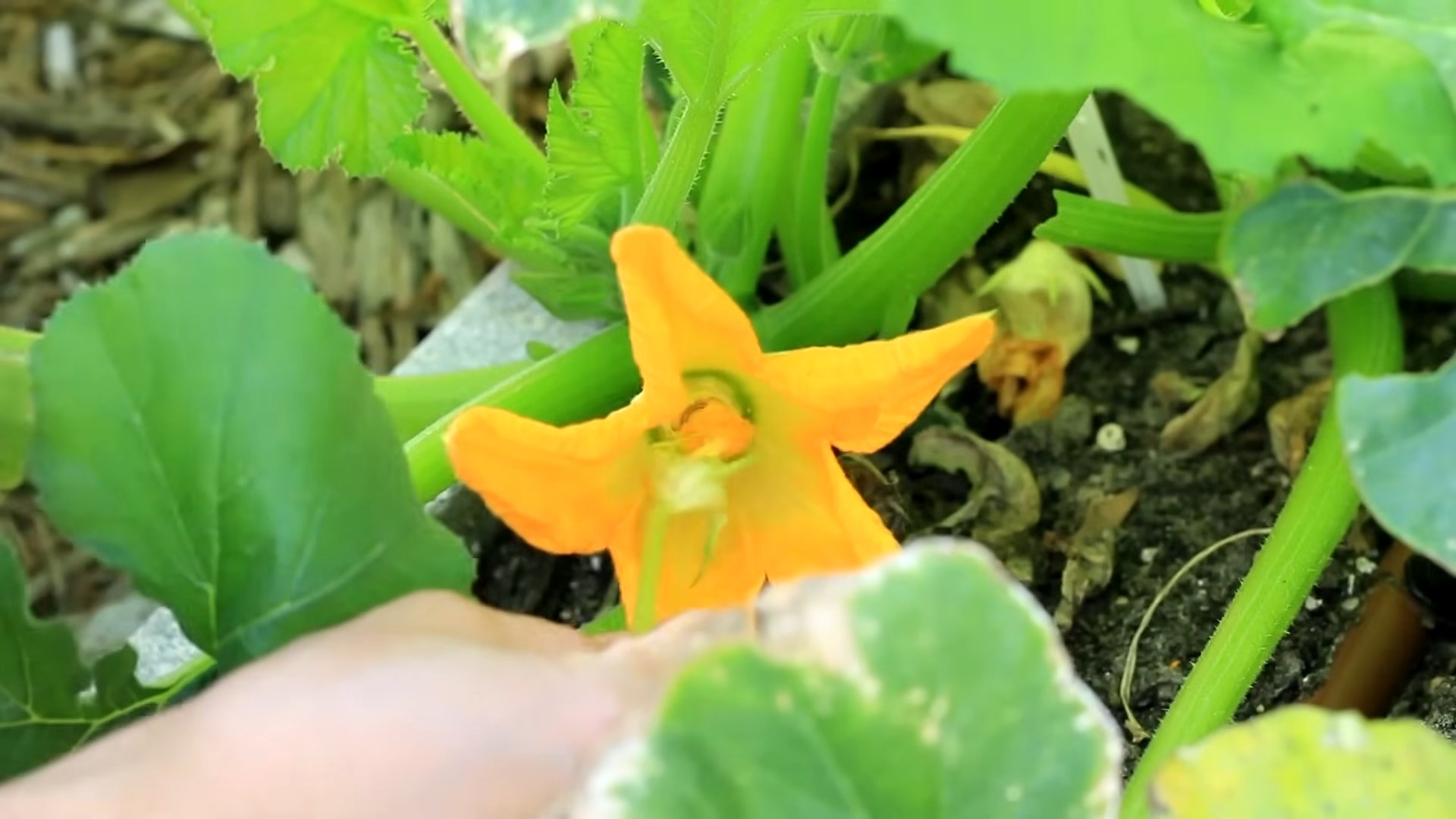
Conclusion
So, there you have it! Growing zucchini at home is not only achievable, but it’s also incredibly rewarding. Forget those bland, overpriced zucchinis from the grocery store. Imagine stepping out into your garden and harvesting a vibrant, flavorful zucchini, bursting with freshness, ready to be transformed into a delicious meal. This DIY approach empowers you to control the quality of your food, reduce your environmental impact, and connect with nature in a tangible way.
Why is this a must-try? Because you’re not just growing a vegetable; you’re cultivating an experience. You’re learning about the life cycle of a plant, understanding the importance of soil health, and appreciating the simple pleasure of nurturing something from seed to harvest. Plus, the taste difference between a homegrown zucchini and a store-bought one is undeniable. The homegrown variety boasts a sweeter, more delicate flavor and a satisfyingly firm texture.
But the benefits don’t stop there. Growing your own zucchini allows you to experiment with different varieties. Tired of the standard dark green zucchini? Try growing golden zucchini for a pop of color, or perhaps a round zucchini for a unique presentation. You can even explore heirloom varieties, each with its own distinct flavor profile and history.
Looking for variations? Consider companion planting. Marigolds, for example, can help deter pests, while beans can fix nitrogen in the soil, benefiting your zucchini plants. You can also experiment with different growing methods. If you’re short on space, try growing zucchini in containers. Just be sure to choose a large container and provide adequate support for the plant. For those in colder climates, starting your zucchini seeds indoors a few weeks before the last frost can give them a head start.
And don’t forget about the blossoms! Zucchini blossoms are edible and incredibly delicious. They can be stuffed, fried, or added to salads for a delicate floral flavor. Harvesting the blossoms also encourages the plant to produce more fruit.
We’ve covered the essentials of how to grow zucchini at home, from seed selection and soil preparation to pest control and harvesting. But the real magic happens when you put these tips into practice and adapt them to your own unique growing environment. Every garden is different, and what works for one person may not work for another. That’s why it’s so important to experiment, observe, and learn from your mistakes.
We are confident that with a little effort and dedication, you can successfully grow zucchini at home and enjoy a bountiful harvest. So, grab your seeds, prepare your soil, and get ready to experience the joy of homegrown zucchini.
We wholeheartedly encourage you to try this DIY trick and share your experience with us! Let us know what varieties you’re growing, what challenges you’ve faced, and what successes you’ve celebrated. Share your photos, your recipes, and your tips with the community. Together, we can learn from each other and create a world where everyone has access to fresh, healthy, homegrown food. Happy gardening!
Frequently Asked Questions (FAQ)
What is the best time to plant zucchini?
The ideal time to plant zucchini is after the last frost when the soil has warmed up to at least 60°F (15°C). Zucchini is sensitive to cold temperatures, so planting too early can stunt its growth or even kill the plant. In most regions, this is typically in late spring or early summer. You can also start seeds indoors 3-4 weeks before the last expected frost to get a head start.
How much sun does zucchini need?
Zucchini plants need at least 6-8 hours of direct sunlight per day to thrive. Choose a sunny location in your garden where the plants will receive ample sunlight throughout the day. Insufficient sunlight can lead to weak growth, reduced fruit production, and increased susceptibility to diseases.
What kind of soil is best for growing zucchini?
Zucchini prefers well-drained, fertile soil that is rich in organic matter. Amend your soil with compost or well-rotted manure before planting to improve its fertility and drainage. A slightly acidic to neutral soil pH of 6.0 to 7.5 is ideal. You can test your soil pH with a soil testing kit and adjust it accordingly.
How often should I water zucchini plants?
Zucchini plants need consistent moisture, especially during hot, dry weather. Water deeply and regularly, aiming to keep the soil consistently moist but not waterlogged. Water at the base of the plant to avoid wetting the foliage, which can increase the risk of fungal diseases. A good rule of thumb is to water when the top inch of soil feels dry to the touch. Mulching around the plants can help retain moisture and suppress weeds.
What are some common pests and diseases that affect zucchini?
Common pests that affect zucchini include squash bugs, squash vine borers, aphids, and cucumber beetles. Diseases that can affect zucchini include powdery mildew, downy mildew, and blossom-end rot. Regularly inspect your plants for signs of pests or diseases and take action promptly. Organic pest control methods, such as insecticidal soap or neem oil, can be effective for controlling pests. Good air circulation and proper watering practices can help prevent fungal diseases. Blossom-end rot is often caused by calcium deficiency, so ensure your soil has adequate calcium levels.
How do I harvest zucchini?
Zucchini is typically ready to harvest about 50-65 days after planting. Harvest the fruits when they are young and tender, typically 6-8 inches long. Use a sharp knife or pruning shears to cut the zucchini from the plant, leaving a short stem attached. Regular harvesting encourages the plant to produce more fruit. Overripe zucchini can become tough and seedy.
Can I eat zucchini blossoms?
Yes, zucchini blossoms are edible and delicious! They can be stuffed, fried, or added to salads. Harvest the male blossoms (those without a small zucchini fruit attached) to avoid reducing fruit production. Harvest the blossoms in the morning when they are fresh and open.
How do I store zucchini?
Store zucchini in the refrigerator for up to a week. Wrap the zucchini in a plastic bag or store it in a crisper drawer to help retain moisture. You can also freeze zucchini for longer storage. Blanch the zucchini slices in boiling water for 2-3 minutes, then cool them in ice water before freezing.
What are some creative ways to use homegrown zucchini?
The possibilities are endless! You can grill it, roast it, sauté it, or add it to soups, stews, and stir-fries. Zucchini can also be used to make zucchini bread, muffins, fritters, and even noodles (zoodles). Get creative and experiment with different recipes to find your favorites. Don’t forget about the blossoms – they can be stuffed, fried, or added to salads for a delicate floral flavor.
My zucchini plant is producing lots of flowers, but no fruit. What could be the problem?
This is a common issue with zucchini plants. Several factors can contribute to this, including:
* **Lack of pollination:** Zucchini plants require pollination to produce fruit. Ensure there are plenty of pollinators in your garden, such as bees and butterflies. You can also hand-pollinate the flowers by transferring pollen from the male flowers to the female flowers.
* **Temperature fluctuations:** Extreme temperatures can interfere with pollination.
* **Nutrient deficiencies:** Ensure your soil has adequate nutrients, especially phosphorus and potassium.
* **Water stress:** Inconsistent watering can also affect fruit production.
* **Too much nitrogen:** Excessive nitrogen can promote leafy growth at the expense of fruit production.
By addressing these potential issues, you can improve your chances of getting a bountiful zucchini harvest.

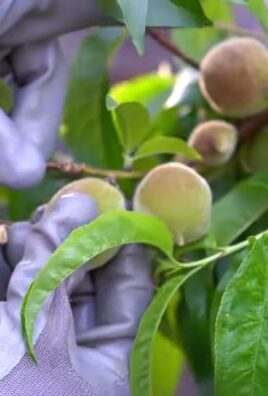
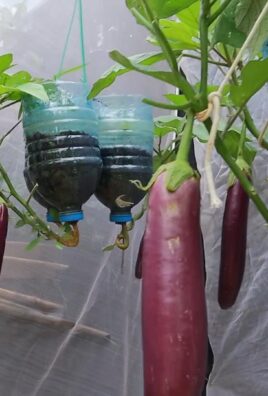
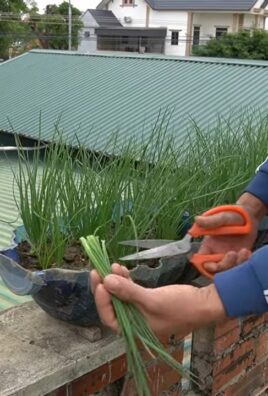
Leave a Comment